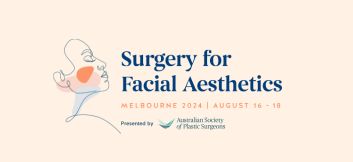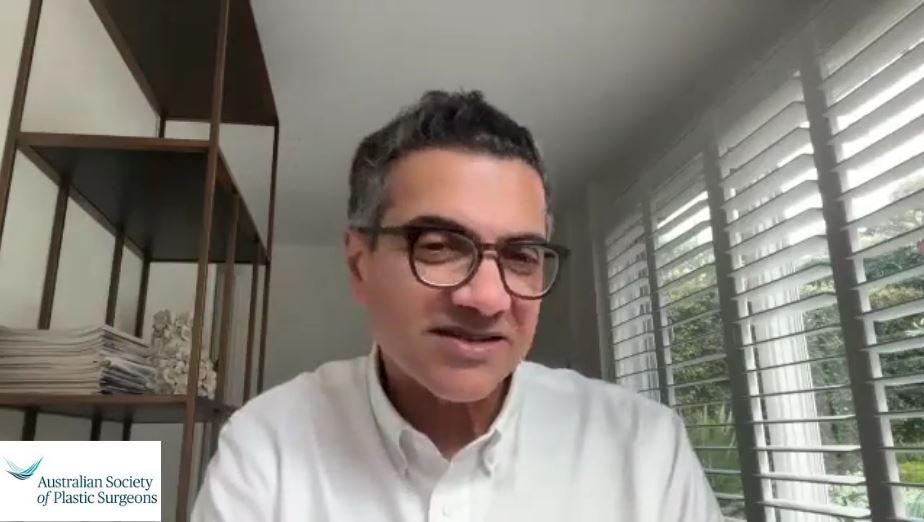Procedures
Chemical Peel
- About Your Specialist Plastic Surgeon
- Cosmetic
- Non-surgical Procedures
- Plastic Surgery Glossary
- Questions for Your Surgeon
- Reconstructive
- Surgical Procedures
- Abdominoplasty (Cosmetic)
- Abdominoplasty (muscle repair postpartum)
- Arm Lift
- Body Contouring
- Body Lift
- Breast Asymmetry Correction
- Breast Augmentation (Implants)
- Breast Implants with Lift
- Breast Lift
- Breast Reconstruction
- Breast Reduction
- Brow Lift
- Burns and Scarring
- Buttocks Lift
- Chin Surgery
- Cleft Lip & Palate
- Ear Surgery
- Eyelid Reduction Surgery
- Facelift Surgery
- Facial Implants
- Fat injection
- Gender Affirming Surgeries
- Gynaecomastia (Male Breast Reduction)
- Hair Replacement Surgery
- Hand Surgery
- Labiaplasty
- Liposuction
- Nipple Enhancement for Inverted Nipples
- Nose Surgery
- Scar Revision
- Skin Cancer
- Thigh Lift
- Tissue Expansion
Chemical Peel
Any surgical or invasive procedure carries risks. Before proceeding, you should seek a second opinion from an appropriately qualified health practitioner.
Chemical peel is a form of treatment that uses chemical solutions to correct facial blemishes, wrinkles and uneven skin pigmentation. The damaged outer layers of skin on the face is removed to improve and smooth the skin’s texture.
Chemical peel is most commonly performed for cosmetic reasons. However, chemical peel may also help remove pre-cancerous skin growths, soften acne facial scars and even control acne.
The most common types of chemical solutions used for chemical peels are:
- Alphahydroxy acids (AHAs), such as glycolic, lactic, or fruit acids, are the mildest of the peel formulas and produce light peels. AHA peels may be used to treat fine wrinkling, areas of dryness, uneven pigmentation and acne
- Trichloroacetic acid (TCA) can be used in many concentrations, but is most commonly used for medium-depth peeling. Fine surface wrinkles, superficial blemishes and pigment problems are commonly treated with TCA
- Phenol is the strongest of the chemical solutions and produces a deep peel. It is used mainly to treat patients with coarse facial wrinkles, areas of blotchy or damaged skin caused by sun exposure, or pre-cancerous growths
Chemical peel is sometimes performed at the same time as facelift surgery.
Chemical peel is a highly individualised procedure and may not be suitable for everyone. Always talk to your Specialist Plastic Surgeon before making a decision. Your surgeon will assess your condition and general health, and plan the treatment that is best suited to you.
Before you decide on undergoing chemical peel, there are some important issues to keep in mind:
- It is not always possible to predict the outcome of chemical peel. Responses can vary
- Chemical peel cannot halt the ageing process or the effects of ageing
- Chemical peel cannot result in “perfect skin”
- Deep wrinkles may appear less obvious after chemical peel, but they may not disappear. Sometimes, improvements are minimal or unnoticeable
Chemical peel may be a good option for you if:
- You are physically healthy
- You have realistic expectations of what skin rejuvenation can accomplish
- You are a non-smoker or have stopped smoking
Anaesthesia isn’t required for phenol or TCA peels because the chemical solution acts as an anaesthetic. However, sedation may be used before and during the procedure to relax you and keep you comfortable. No anaesthesia is needed for AHA peels since they cause only a slight stinging sensation during application.
Chemical peel is generally safe but does have the potential for risks and complications to occur.
Some risks and complications associated with chemical peel may include but are not limited to:
- Stinging, redness, irritation and crusting skin
- New skin loses its ability to make pigment. This is particularly common after a phenol peel
- Changes to skin pigmentation
- Uneven pigment changes
- Dark pigmentation may occur when the newly treated skin is exposed to the sun
- Skin sensitivity to allergens
- Phenol may pose a special risk for patients with a history of heart disease
- Further treatment may be necessary to correct complications
Chemical peel is usually performed as a day case in an accredited day surgery. If you are combining chemical peel treatment with another procedure, a short hospital stay may be required.
Before undergoing the procedure, it is important that you:
- Be as fit as possible to help the recovery process
- Stop smoking
- Do not wear makeup, mascara, contact lenses or hairspray on the day of treatment
Your Specialist Plastic Surgeon may prescribe medication, such as Retin A, as pre-treatment to the chemical peel. This is designed to thin out the skin’s surface layer to allow the solution to penetrate more deeply and evenly.
Prepare a “recovery area” in your home. This may include pillows, ice packs, a thermometer and a telephone within easy reach. Make sure you arrange for a relative or friend to drive you to and from the hospital or clinic. Someone should also stay with you for at least 24 hours after you return home.
Your surgeon should give detailed instructions to prepare for the procedure. Follow them carefully.
Arrange for a relative or friend to drive you home after the procedure. If you have a phenol peel, someone should also stay with you for at least the first day after the operation and preferably for a few days.
If you experience any of the following symptoms, notify your Specialist Plastic Surgeon immediately:
- Temperature higher than 38°C or chills
- Persistent bleeding around the treated area
- Increasing pain or redness in the treated area
After an AHA peel, it is common to experience some temporary flaking or scaling, redness and dryness of the skin. However, these conditions will disappear as the skin adjusts to treatment.
After a phenol or TCA peel, you may experience significant swelling to the point where your eyes may be swollen shut temporarily. Tape may be applied to cover your face to help with the swelling.
It is normal to feel pain, tingling and throbbing after the procedure. Your surgeon may prescribe mild pain medication to help with the discomfort. After the tape is removed a crust or scab will form on the treated area.
Depending on the extent of your procedure, you may need to take a few weeks off work to rest. Avoid heavy lifting, strenuous exercise, swimming and strenuous sports until advised by your surgeon.
Make sure you protect your skin from the sun, including the regular use of sunscreen when outdoors.
Your surgeon will give you specific instructions on post-procedural care. Be sure to follow them carefully.
Depending on the extent of your procedure, further treatment may be necessary to achieve the optimal result or to correct minor irregularities.
Cost is always a consideration in elective procedures. Prices for individual procedures can vary widely between Specialist Plastic Surgeons. Some factors that may influence the cost include the surgeon’s experience, the type of procedure used and the geographic location of the office.
Costs associated with the procedure may include:
- Surgeon’s fee
- Hospital or surgical facility costs
- Anaesthesia fees
- Prescriptions for medication
- Medical tests
Your surgeon should welcome any questions you may have regarding fees.
Ablative:
Resurfacing treatments that remove the uppermost layers of the skin (epidermis and dermis) to varying degrees
Dynamic wrinkles:
Expression lines that may appear as folds when the skin is not moving, and deepen with facial movements or expressions
General anaesthesia:
Drugs and/or gases used during an operation to relieve pain and alter consciousness
Intravenous sedation:
Sedatives administered by injection into a vein to achieve relaxation
Local anaesthesia:
A drug injected directly to the site of an incision during an operation to relieve pain
Non-ablative therapy:
Treatments that do not remove any skin but rather penetrate the skin or treat the skin superficially (only on the surface)
Pigmentation:
Freckles, sun spots, melasma, or other darkened patches of skin result mainly from sun exposure
Scars:
As the result of acne or injury to the skin, scars may be rolling (a wavy appearance to the skin), pitted, discoloured, or have raised borders
Static wrinkles:
Wrinkles that are visible at all times
Visit the Plastic Surgery Glossary for more medical terms.
This website is intended to provide you with general information only. This information is not a substitute for advice from your Specialist Plastic Surgeon and does not contain all the known facts about this procedure or every possible side effect of surgery. It is important that you speak to your surgeon before deciding to undergo surgery. If you are not sure about the benefits, risks and limitations of treatment, or anything else relating to your procedure, ask your surgeon to explain. Patient information provided as part of this website is evidence-based, and sourced from a range of reputable information providers including the American Society of Plastic Surgeons, Better Health Channel and Mi-tec medical publishing.
Featured Stories

Member Blog with Dr Ellis Choy: What is a Deep Plane Facelift?
Who is the ideal candidate for a deep plane facelift?…
Continue reading
